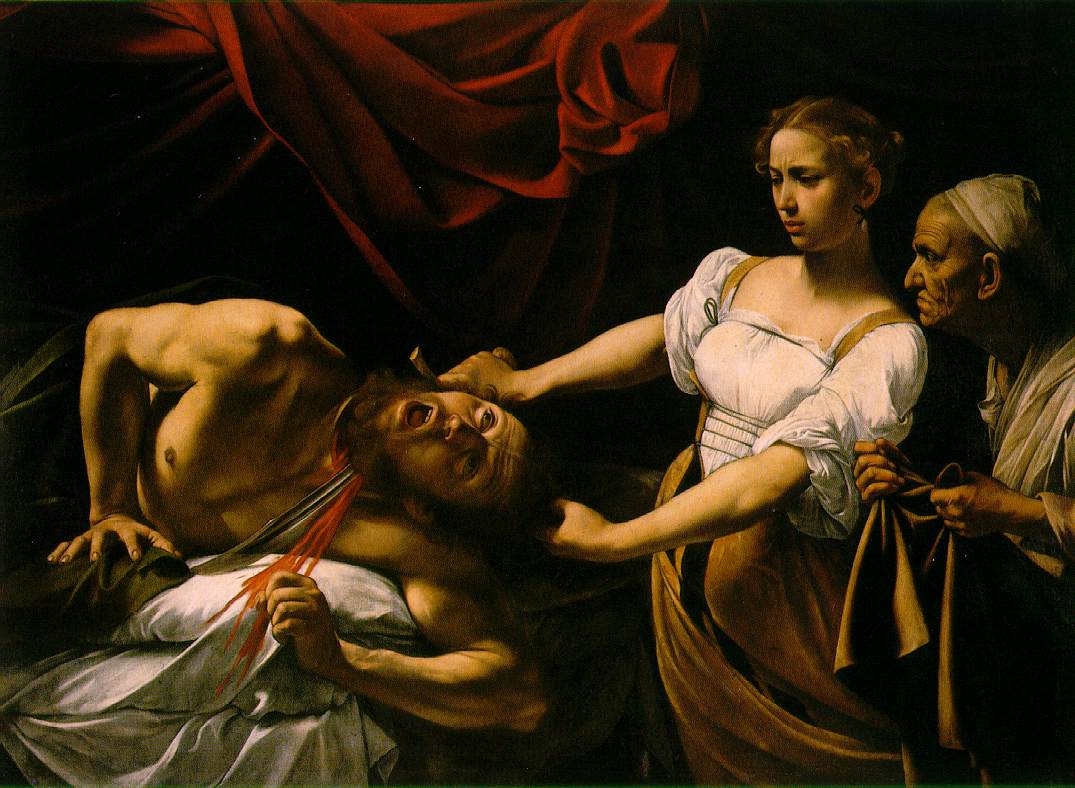Painting From Life: Revolutionary Artists
 •
by
•
by Silas Soule
A few days ago I decided it was time for a new avatar.
I started out my e-Life with this little guy:
 .
.My intention was to play out my e-life as if I were an angry ostrich marooned in a virutal world filled with silly humans. Well, that was fun for about a week. Then I both ran out of ostrich metaphors and found that other people didn't think it was quite as hilarious as I did.
OK. Perhaps it was a bit too Dada for eRep? Or maybe just plain stoopid. I dunno.
======================================== ==
So then I came up with an icon based on this picture:

The image is a slightly modified piece of artwork by Emory Douglas, who's well-known for the bold style he pioneered for The Black Panther newspaper. There was a retrospective on some his work mounted at the Museum of Contemporary Art in Los Angeles from October 2007 to February 2008. The same exhibit is now showing at The New Museum in New York. (It closes on Sunday -- hurry!). There's also a monograph out on his work called Black Panther: The Revolutionary Art of Emory Douglas.
Emory Douglas is still an active artist and an art activist, teaching art techniques and the history of the Black Power movement to teens in New York and elsewhere, while collabortaing with them to paint murals. He created the look and feel of the Black Panther Party, including: the iconic raised fist motif; the crouching black panther; many powerful images featuring proud, armed Black women and men; portraits; posters expressing internationalist solidarity; and representations of communty pride, economic development and the positive results of the Party's many social programs.
I modified the arm band to read "No Peace" both to echo the widely-used slogan "No Justice, No Peace" and, obviously, to show support for the e-liberation movements against PEACE GC imperialism.
Far out, eh?
======================================== ==
For a little while, I switched to this "phoenix rising" avatar:
 but the symbolism seemed a little too obvious, plus it didn't look that great as a small picture. So I went back to using my armed 1960's-style black power militant for the duration of the heaviest fighting during the Liberation Wars.
but the symbolism seemed a little too obvious, plus it didn't look that great as a small picture. So I went back to using my armed 1960's-style black power militant for the duration of the heaviest fighting during the Liberation Wars.======================================== ==
But then I wanted to find something to reflect the latest stage in my e-life. I looked at alot of icons and played around with drawing a few. Then I remembered Caravaggio's painting, from 1599, of Judith Beheading Holofernes.

Caravaggio, as you may or may not know, was an Italian painter active at the end of the 16th and start of the 17th century. His name was actually Michelangelo Merisi and he was from the village of Caravaggio. There was another fairly well-known (heh!) artist bopping around Italy, just about 50 years before Caravaggio came onto the scene, who was also named Michelangelo. You may have heard of him.
Anyway, Caravaggio took the intensely competitive art world of the time by storm, pioneering a method of painting that relied on creating very naturalistic figures based on live models and using dark, layered chiaroscuro to create images that popped with life in a nearly three-dimensional fashion. He broke all the rules. Instead of deep perspective or extreme romanticism, his images jumped forward out of the frame and had a deep psychological realism that both startled and energized his generation.
He did all this at a time when the Holy Inquisition was breathing down everybody's neck and had established strict rules for what was acceptable and not in painting. He rattled their cages, using a real street-walker, for example, to portray Mary Magdalene in "The Repentant Magdalene" (1597). His portrayal of regular people, especially older folks and servants, beaten down by the trials of life but playing key roles in iconic scenes, made him immensely popular in his own time.
His style was picked up by many later artists. We would not have had Ribera, Vermeer, La Tour, Rembrand, Delacroix, Courbet, Velázquez and Manet if it had not been for Caravaggio. The revolution he ushered into the world of art continues to be seen in the film noirs style of cinema. And you can also see in TV shows like "Fringe", where nearly every shot is shrouded in layered shadows, and the characters' appearnces are almost sculpted by an ethereal light.
So, one of my favorite paintings by Caravaggio is "Judith Beheading Holofernes". It's one of many rather gruesome paintings he did. In this case, it depicts the Jewish heroine who sought out the Babylonian general in his tent, got him drunk, then beheaded him. That's a fairly remarkable topic to make a painting of to begin with, but what really stands out is the old servant -- indistinguishably male or female -- standing at Judith's side, watching with grim determination and just the slightest hint of satisfaction as the tyrant meets his end.
Ah-ha! I'd found it:
It frikkin' amazes me how this 400+ year-old painting still "jumps" from the frame in a nearly photo-realistic fashion. Plus I can be a bit of a curmudgeon at times, so the scowl on his/her face suits me.
======================================== ==
Pffft. Maybe next time I'll pick one of those happy, perky anime avatars. Or not.


Comments
♥ ♥ ♥
anyface..its still you, honey.
Damn Phoenix you know so much history, you must be really old.
1599 was a very good year
Voted & Subbed
Superb articles phoenix !!
sub 75